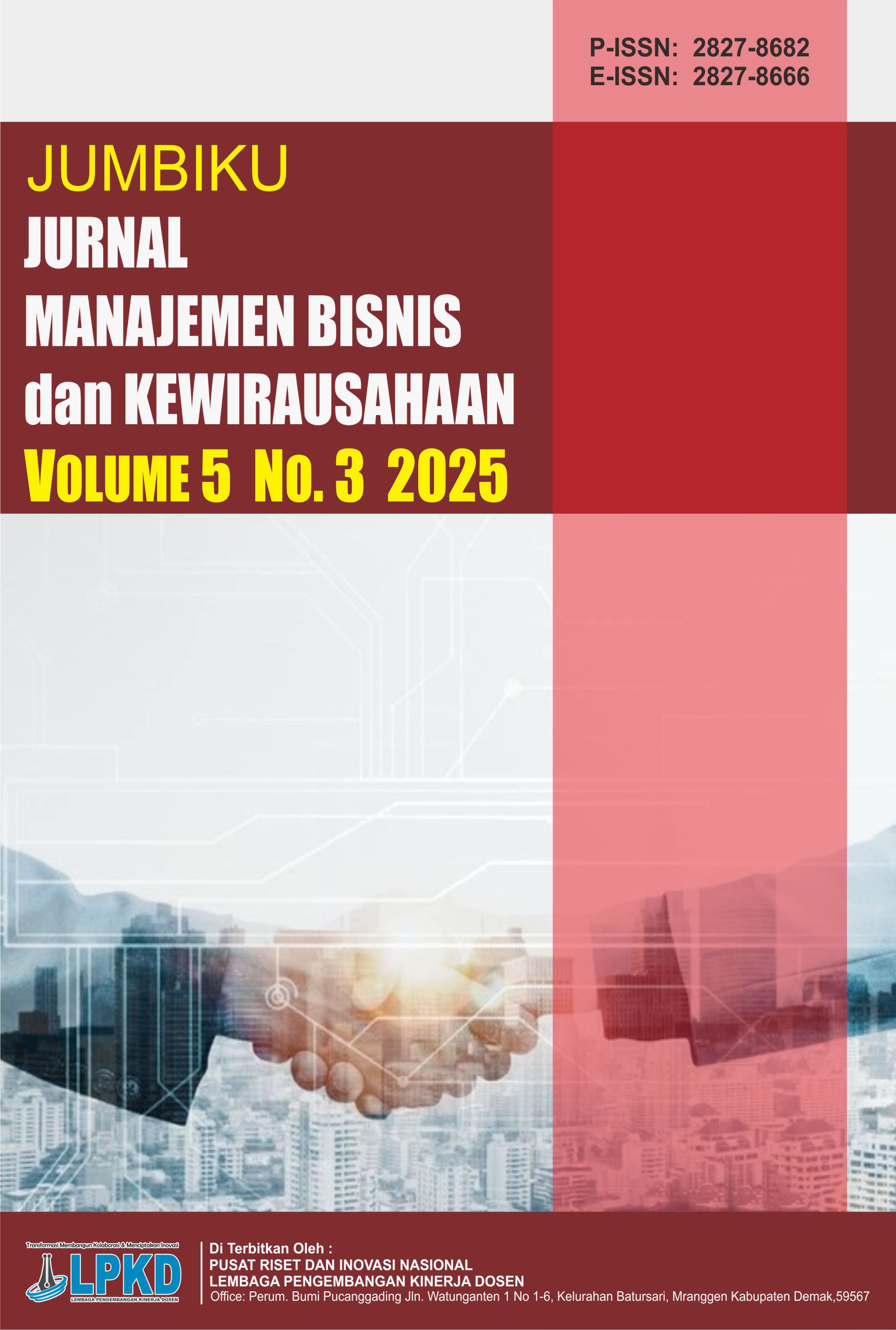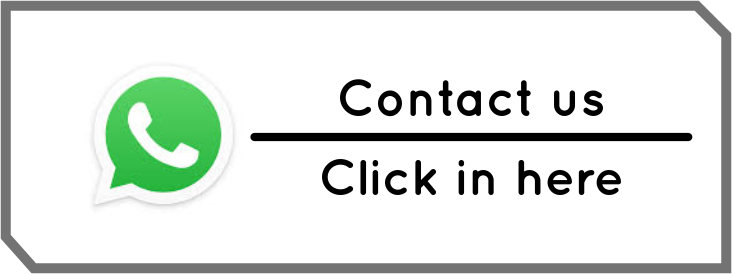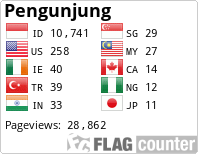Pengembangan Ekonomi Lokal melalui Perencanaan Pembangunan yang Mengintegrasikan Smart Farming dan IoT
DOI:
https://doi.org/10.55606/jumbiku.v5i3.6110Keywords:
Digital Agriculture, Internet Of Things, Local Economy, Regional Development, Smart FarmingAbstract
Local economic development plays a crucial role in strengthening regional independence and improving community welfare. One emerging approach is the integration of smart farming and the Internet of Things (IoT) within development planning, particularly in the agricultural sector. This study aims to analyze how the integration of smart farming and IoT contributes to local economic empowerment through production efficiency, value-added improvement, and the creation of new economic opportunities. The research employs a literature review method by examining recent national and international studies relevant to this topic. The findings indicate that the application of smart farming technologies can improve resource efficiency by up to 50%, reduce pesticide use by around 60%, and increase crop productivity by approximately 30%. Beyond its economic impact, IoT adoption also fosters social transformation in rural areas through enhanced digital literacy and farmer independence. However, several challenges remain, including limited digital infrastructure, high initial investment costs, and technological literacy disparities among regions. Therefore, the successful implementation of smart farming and IoT requires strong multi-sector collaboration among governments, academic institutions, private actors, and local communities to ensure sustainable innovation that effectively contributes to regional economic growth.
Downloads
References
Alam, M. S., Rahman, M. A., & Islam, M. R. (2021). Smart farming technologies: Potentials, adoption, and challenges for sustainable agriculture. Computers and Electronics in Agriculture, 190, 106-147. https://doi.org/10.1016/j.compag.2021.106147
Arsyad, L. (2019). Ekonomi pembangunan (6th ed.). Yogyakarta: Penerbit Andi.
Balamurugan, P., Kumar, K. S., & Vinoth, S. (2019). Internet of Things (IoT) based smart agriculture monitoring system. International Journal of Innovative Technology and Exploring Engineering (IJITEE), 8(6S4), 86–90.
Bappenas. (2023). Laporan tahunan pembangunan ekonomi daerah berbasis inovasi teknologi. Jakarta: Kementerian PPN/Bappenas.
Blakely, E. J., & Leigh, N. G. (2013). Planning local economic development: Theory and practice (5th ed.). SAGE Publications.
FAO. (2022). Digital agriculture transformation agenda for Asia and the Pacific 2022–2030. Rome: FAO.
Food and Agriculture Organization of the United Nations. (2022). Digital agriculture: Building sustainable and inclusive food systems. FAO.
Gupta, S., Hasan, W., Singh, S., Kumar, D., Ansari, M. J., & Nisar, S. (Eds.). (2024). Agriculture 4.0: Smart farming with IoT and artificial intelligence. CRC Press.
Halawa, D. N. (2024). Peran teknologi pertanian cerdas (smart farming) untuk generasi pertanian Indonesia. Jurnal Kridatama Sains dan Teknologi, 6(2), 502–512. https://doi.org/10.53863/kst.v6i02.1226
Hansen, G. E. (2019). Agricultural and rural development in Indonesia. Routledge.
Indri, D. (2024). Framework design IoT for smart agriculture. Jurnal Sistem Cerdas, 4(1). https://doi.org/10.37396/jsc.v4i1.90
Judijanto, A., Setiawan, H., & Permatasari, D. (2024). Smart farming sebagai strategi peningkatan ketahanan pangan di era revolusi industri 4.0. Jurnal Agroteknologi dan Agribisnis Indonesia, 9(1), 22–31. https://doi.org/10.58812/wsnt.v2i04.1536
Porter, M. E. (1990). The competitive advantage of nations. New York: Free Press.
Quy, V. K., Hau, N. V., Anh, D. V., Quy, N. M., Ban, N. T., Lanza, S., Randazzo, G., & Muzirafuti, A. (2022). IoT-Enabled Smart Agriculture: Architecture, Applications, and Challenges. Applied Sciences, 12(7), 3396. https://doi.org/10.3390/app12073396
Ramsari, N., & Hidayat, T. (2023). Teknologi Internet of Things (IoT) pada tanaman selada dan pakcoy hidroponik dengan menggunakan perhitungan MAPE. Journal of Applied Informatics and Computing, 7(1), 1–9. https://doi.org/10.30871/jaic.v7i1.5011
Surakusumah, R. F., Yusuf, M., & Tarif, E. A. K. (2024). IoT-based environmental health monitoring system in agriculture: A case study on watermelon cultivation to support sustainable community well-being. International Journal of Scientific Research, 4(2), 62–67. https://doi.org/10.25299/ijsr.2024.23686
Waryanto, B., Agustina, T., & Tjiptodharmono, D. (2019). Analysis of farming efficiency and smart farming system development in supporting garlic self-sufficiency: A concept. IOP Conference Series: Earth and Environmental Science, 335(1), 012006. https://doi.org/10.1088/1755-1315/335/1/012006
Wolfert, S., Ge, L., Verdouw, C., & Bogaardt, M. J. (2017). Big data in smart farming – A review. Agricultural Systems, 153, 69–80. https://doi.org/10.1016/j.agsy.2017.01.023
World Bank. (2023). Smart agriculture and digital innovation for inclusive rural growth in Southeast Asia. Washington, DC: World Bank Publications.
Downloads
Published
How to Cite
Issue
Section
License
Copyright (c) 2025 Jurnal Manajemen, Bisnis dan Kewirausahaan

This work is licensed under a Creative Commons Attribution-ShareAlike 4.0 International License.








